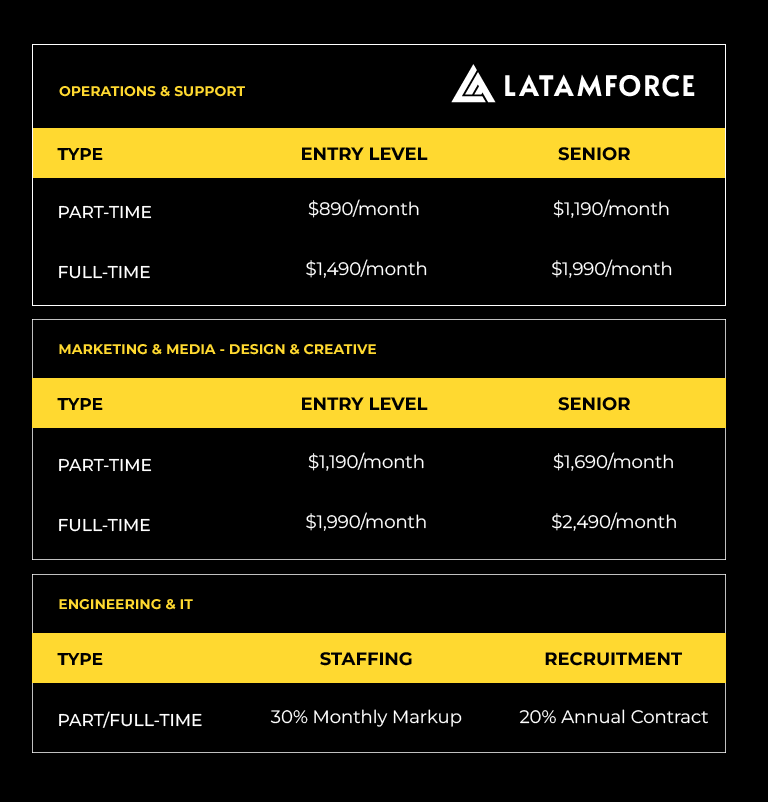Navigating the New Normal: A Guide to Successfully Managing Remote Teams
The shift to remote work has presented a number of challenges for businesses, including ensuring that employees have the necessary technology and support to work effectively from home, and developing new processes and protocols to support remote collaboration and communication.
While remote work can bring many benefits, such as increased flexibility and cost savings, it also comes with its own set of challenges. These include maintaining employee engagement and productivity, ensuring data security, and addressing the potential negative impact on work-life balance.
For businesses that are considering shifting to a remote model, it’s important to take a strategic approach and carefully plan for the transition. This can include assessing current technology infrastructure, developing clear guidelines and policies for remote work, providing training and support for employees, and regularly checking in with employees to ensure that they have the resources and support they need to be successful.
If you’re considering changing your business to a remote model, here are some steps you can take:
1.Assess your business needs:
Identify which roles and tasks can be performed remotely and which require in-person interactions.
2. Create a remote work policy:
Establish clear guidelines and expectations for remote work, such as hours of availability and communication protocols.
3. Invest in technology:
Invest in tools such as video conferencing, project management software, and collaboration tools to enable remote teams to work effectively.
4. Train your employees:
Provide training for employees on how to use the technology and tools needed for remote work.
5. Test the remote model:
Start by allowing some employees to work remotely on a trial basis before fully implementing the remote model.
6. Monitor and evaluate:
Regularly monitor and evaluate the remote work model to ensure that it’s working well and make any necessary adjustments.
7. Communicate and stay connected:
Encourage regular communication and collaboration among remote teams to maintain a sense of cohesion and community.
8. Provide support:
Provide support for remote employees in terms of mental health, communication, and other necessary aspects for them to work efficiently.
Keep in mind that while remote work can bring many benefits, it also comes with its own set of challenges. It’s important to be prepared and proactive in addressing these challenges to ensure that the transition to remote work is as smooth and successful as possible.
It’s important for businesses to be flexible and adaptive in this new remote work environment and be willing to make changes as needed to support their employees and maintain their operations.
Overall, transitioning to a remote business model requires careful planning, investment in technology, and regular monitoring and evaluation to ensure its success.
If this all seems like a blur, Latamforce is here to help. Contact us and let’s create a successful remote team together!





